June 15-21, 2025
Hot and cold on the cusp of summer
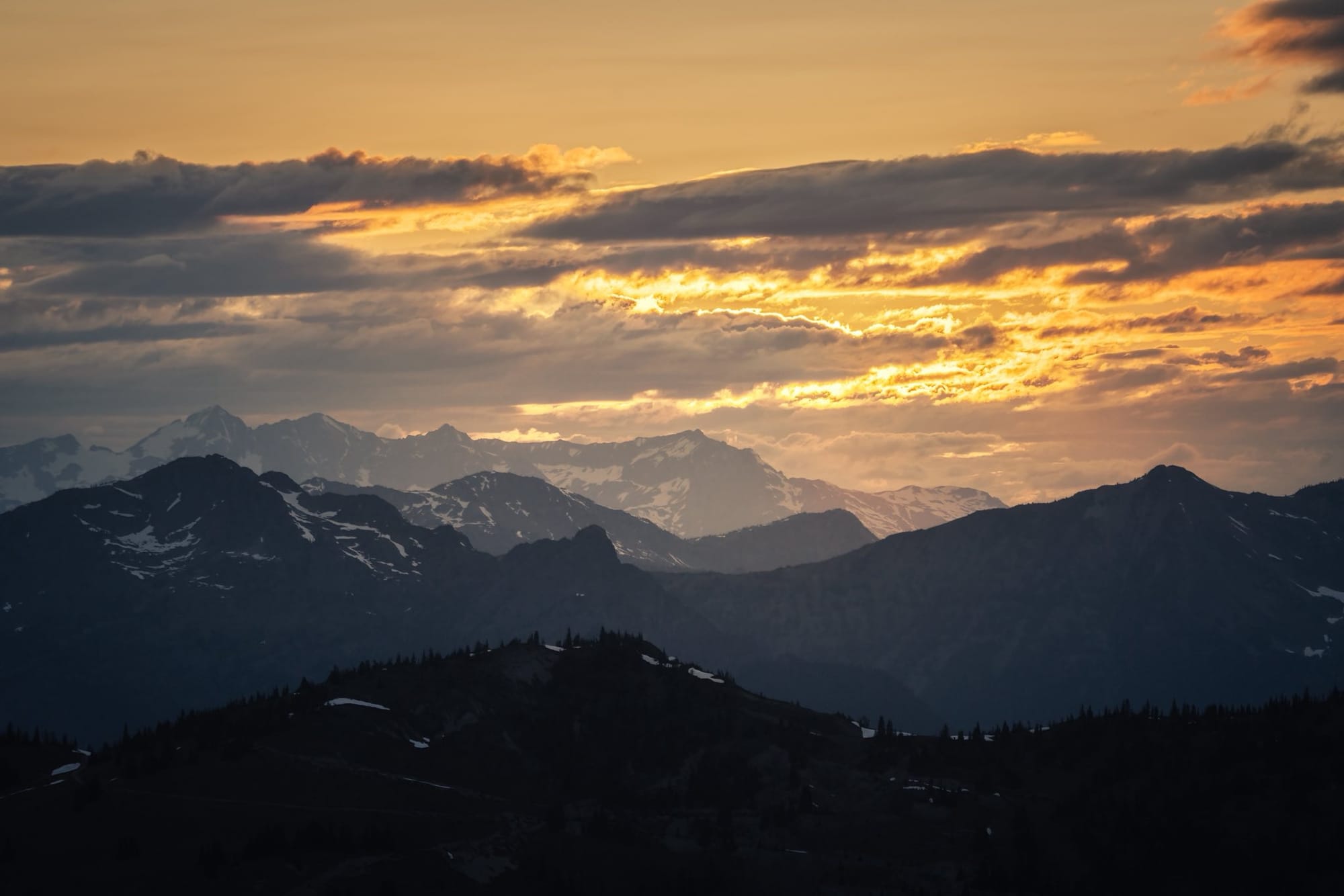
The week may have started hot and sunny, but clouds and a surprising dose of rain moved in by week's end.
Week in Review
I want to extend a big thank you to folks who've been posting photos on the Nature Notes Facebook group this week. Many interesting observations and photos have been shared!
One fascinating note is that this spring's "superbloom" seems to be continuing with some of our summer flowers blooming prolifically. For some reason, this has been a fantastic year for flowers, whether you're looking at native flowers or flowers in your yard.
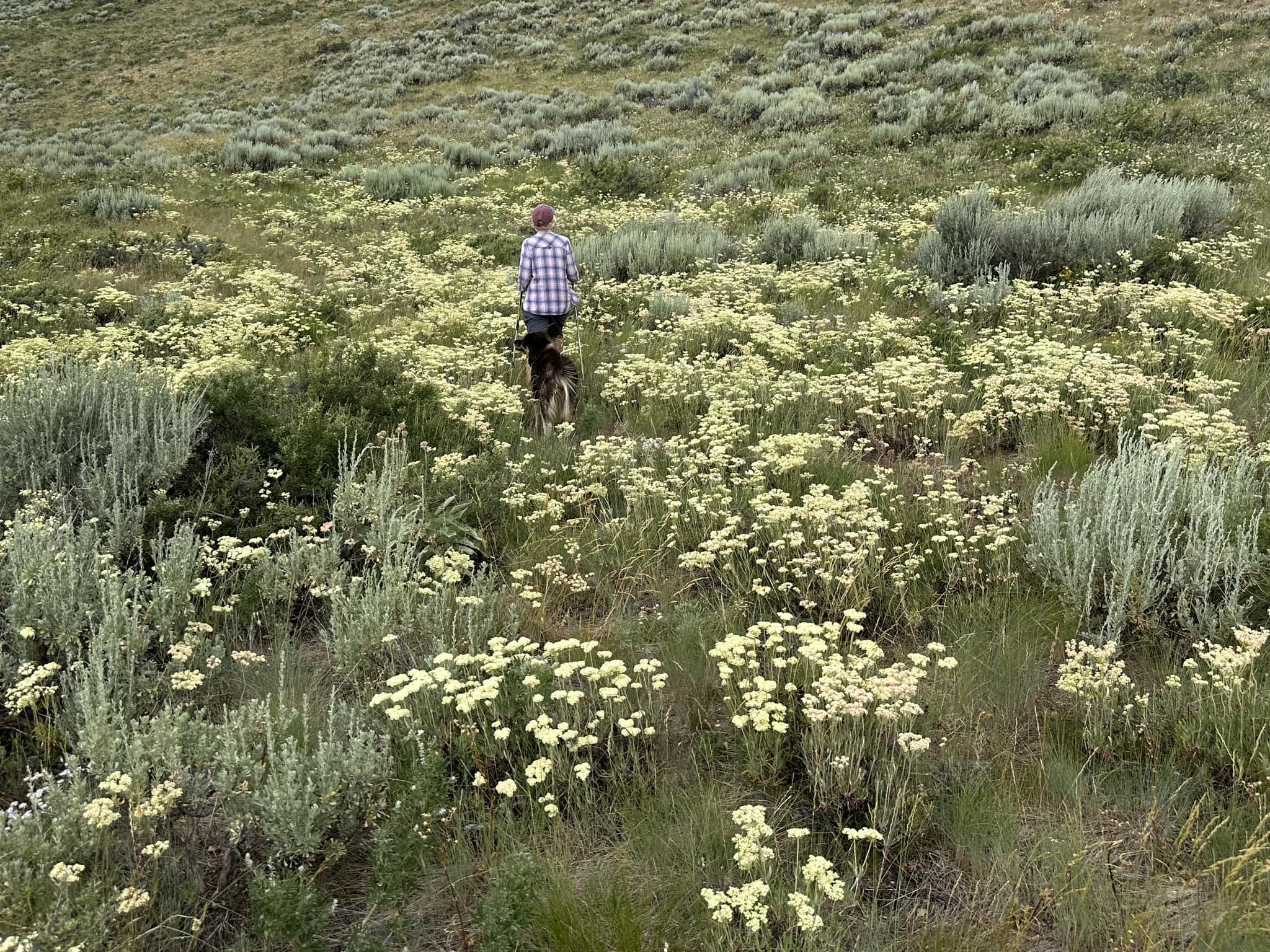
It may be too early to know how this is going to play out in subalpine and alpine meadows, but a bountiful crop of cones on high elevation larch trees could be a sign of things to come. It's easy to overlook conifer cones but they sure are beautiful!
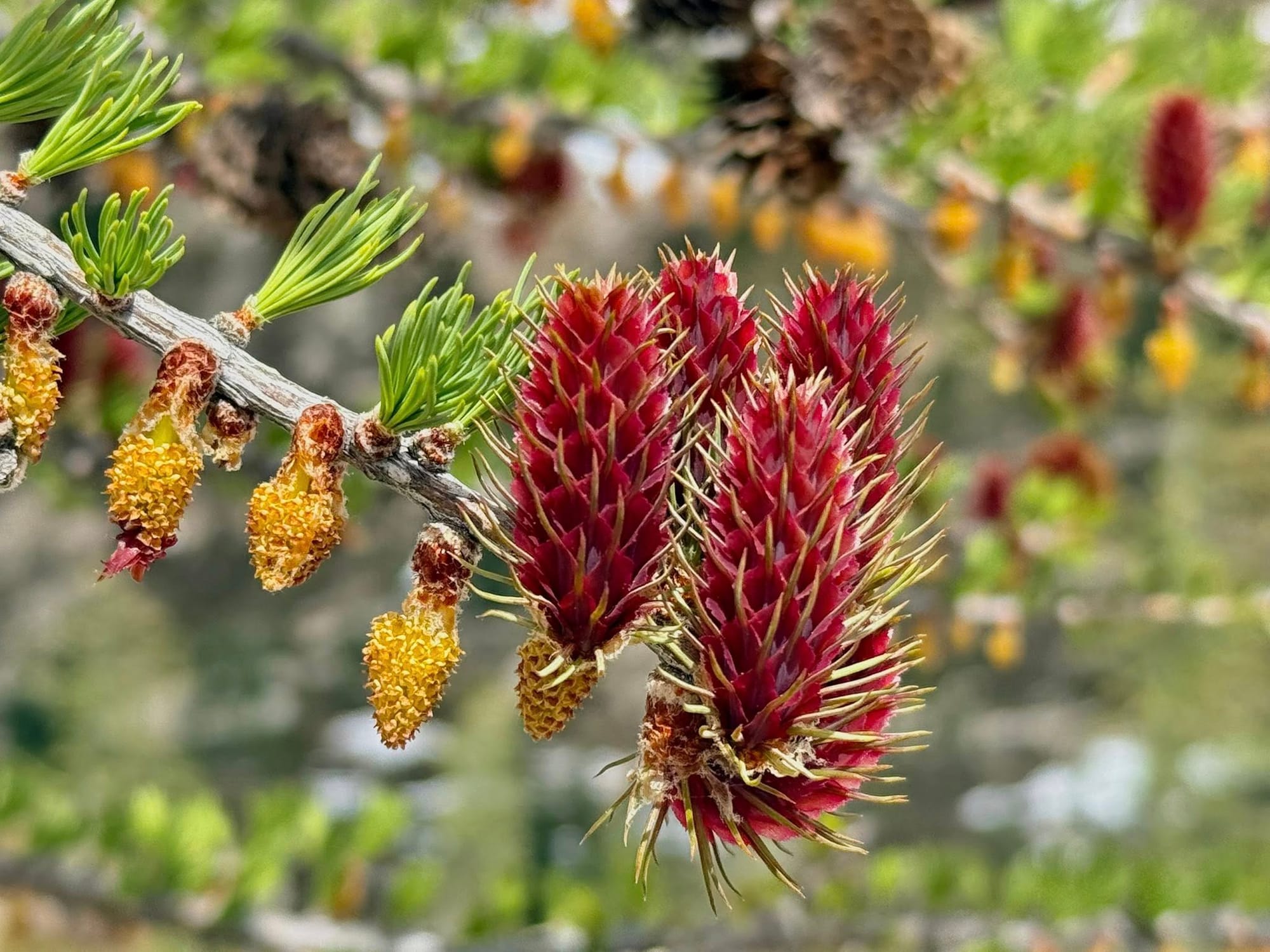
Folks who've driven up to Harts Pass have been spotting mountain goats and their kids at their traditional mineral lick. I'm not sure why they congregate at the lick at this time of year, but it's a seasonal occurrence because there are plenty of times I've driven by and there are no goats around. Does anyone know why they show up at the lick at this time of year?

Warmer days are also bringing out some of our common snakes, including dun-colored racers and river-loving wandering garter snakes. Snakes that live in grasses are often striped so they can blend in with the shadows of grass stems, but it's interesting that racers have opted instead for a muted, uniform color.

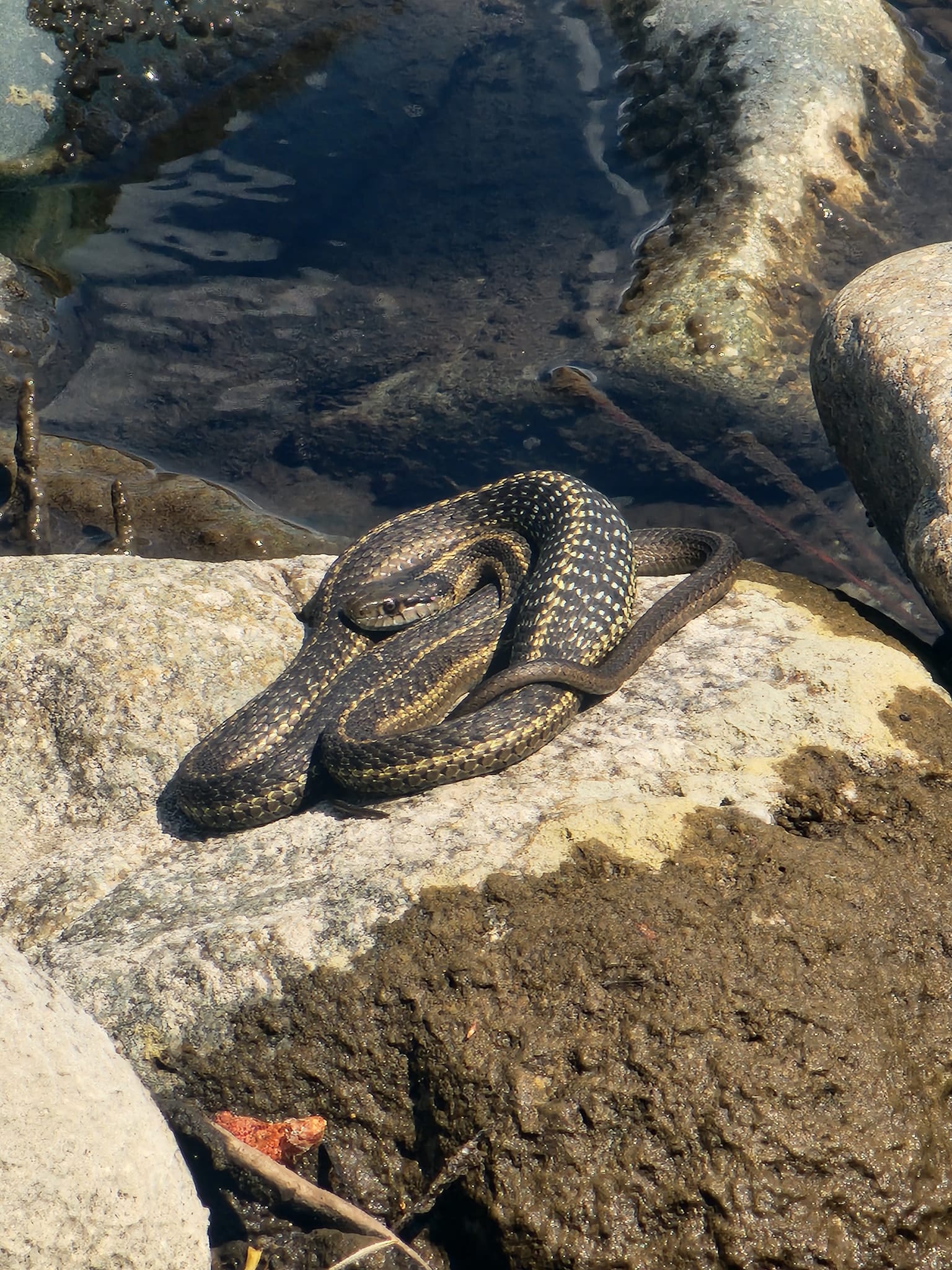
The uniformly patterned racer (photo by Tanja Thomas) compared to the yellow-striped pattern of a garter snake (photo by Shelley Khorrami).
Please note that is is also the time of year when female turtles leave the water and walk long distances to lay their eggs in drier soils. If you find a turtle crossing a road, please make sure she is safe or help her across the road in the direction she's heading (away from water when going to lay eggs, and back towards the water after she's done) because turtles are frequently hit by cars when they're on the road.

Finally, there have many interesting insect and invertebrate sightings this week, including a number of our largest and most flamboyant moths.
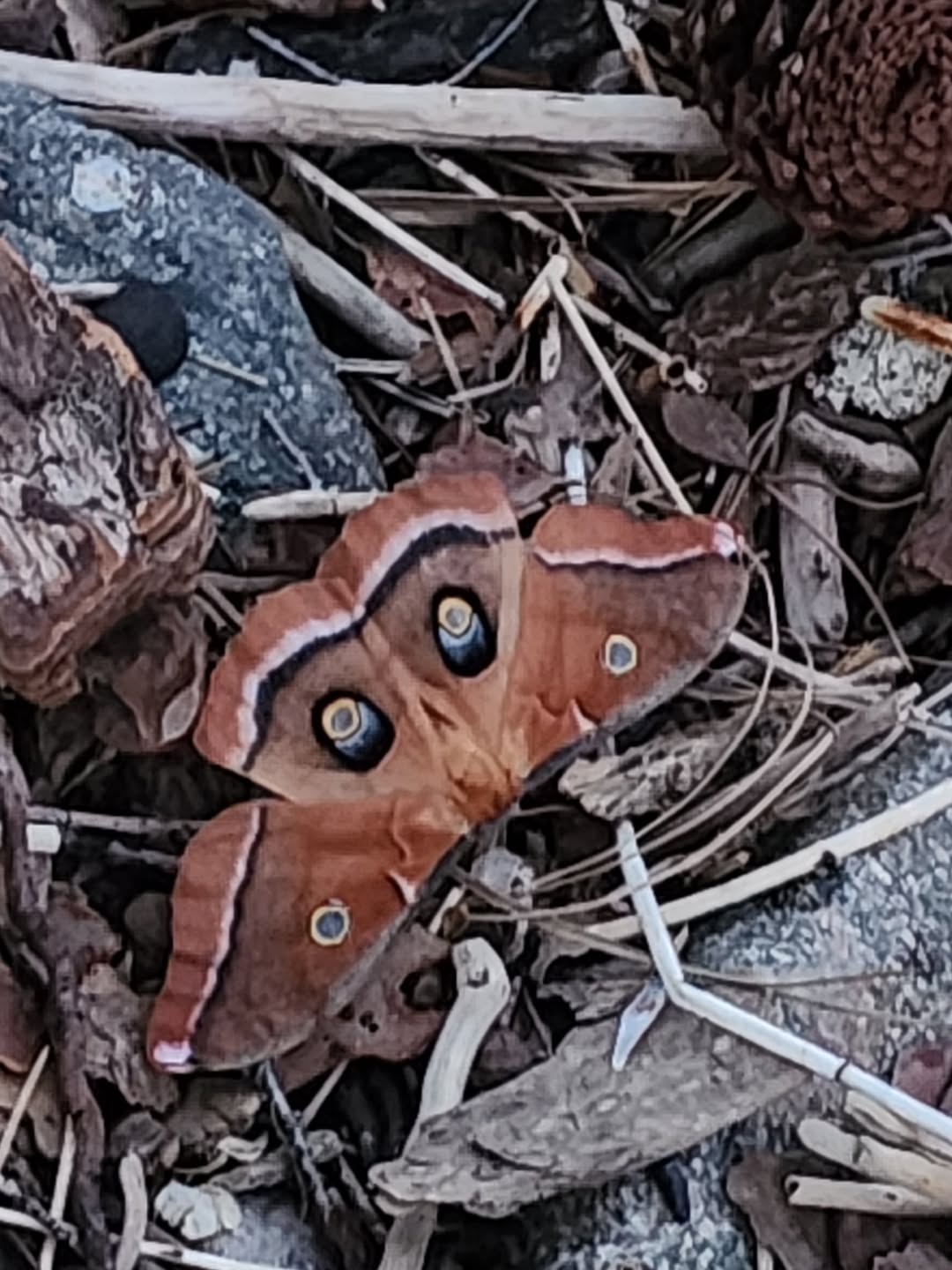
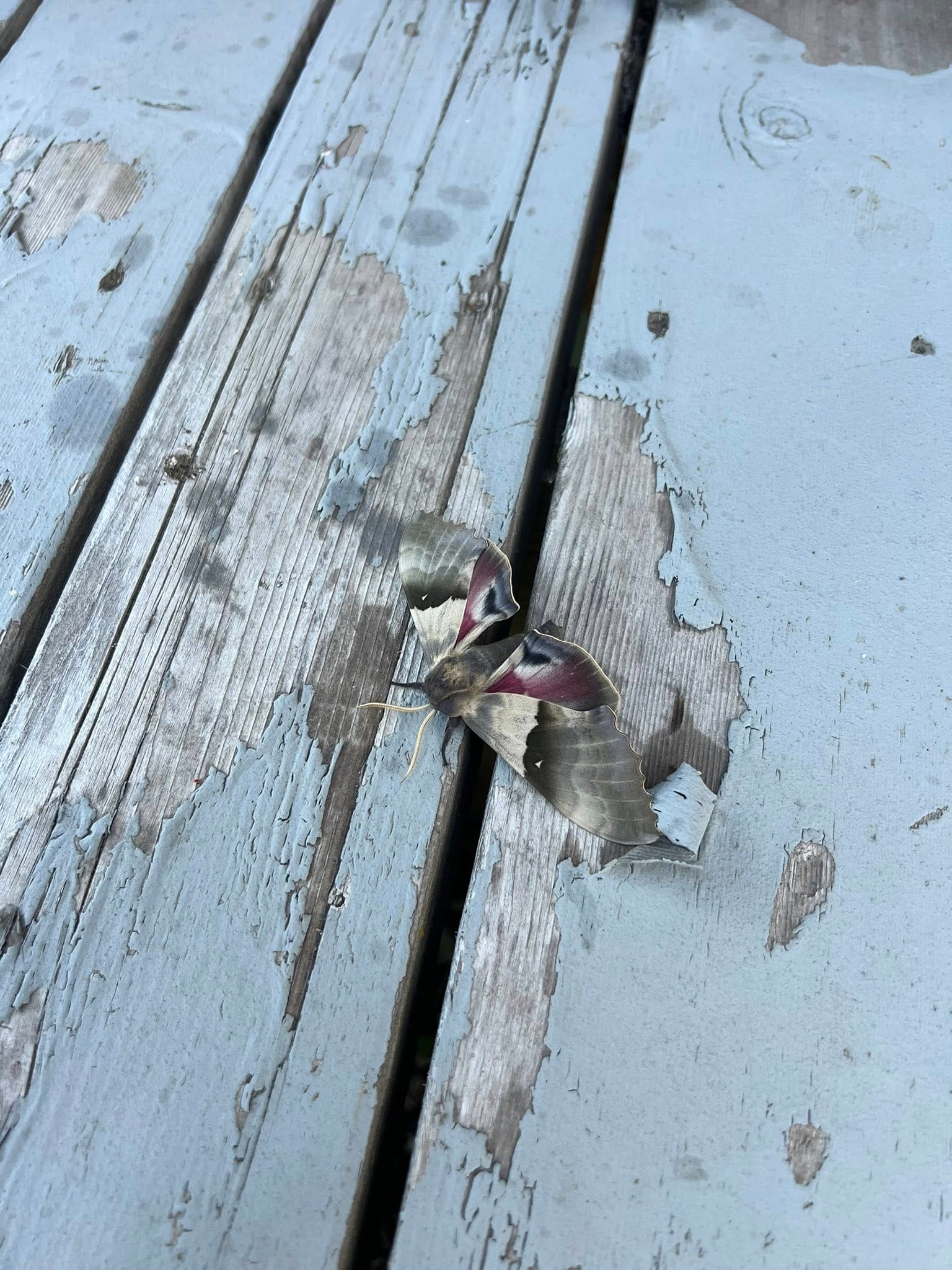
A big reddish polyphemus moth (photo by Shelley Khorrami) and one of our sphinx moths (photo by Cathy Upper).
Folks tend to overlook the more plainly-colored moths, but it's hard to ignore a bagworm moth caterpillar because it's so odd to see one trundling along with its protective case like a caddisfly on land. These cases are made from bits of local materials and serve to protect and camouflage the caterpillar while it nibbles on its favorite leaves.
Pointing out a bagworm. Video by Jade Wolff
Many animals show red colors so it was fun to see two very different examples this week. One example was a commonly seen jumping spider with a flamboyant red pattern (this might be Phidippus johnsoni but there are several similar species), and the other is the red milkweed beetle (Tetraopes tetrophthalmus) that you'll might notice if you look closely at some milkweed plants.
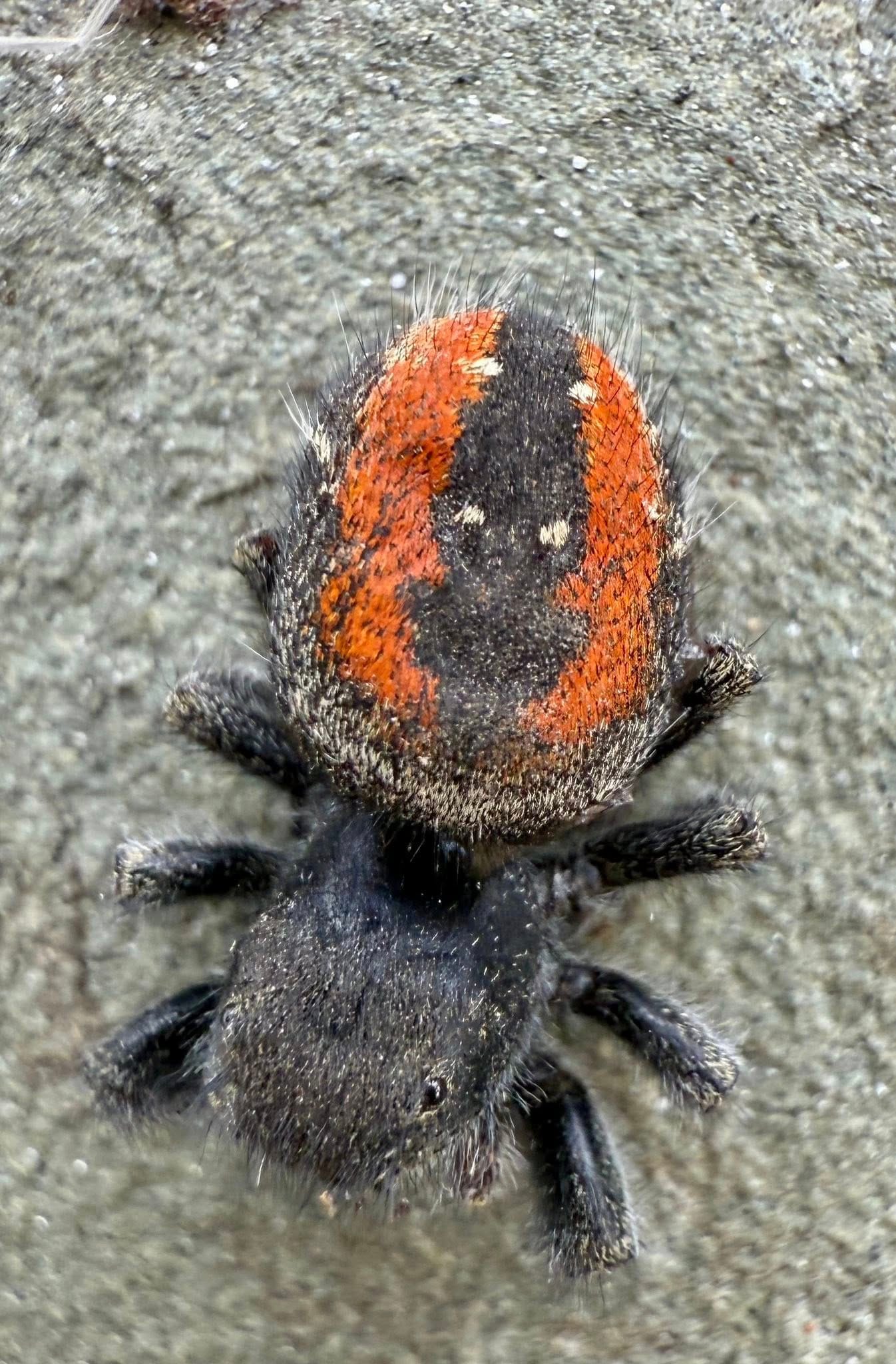
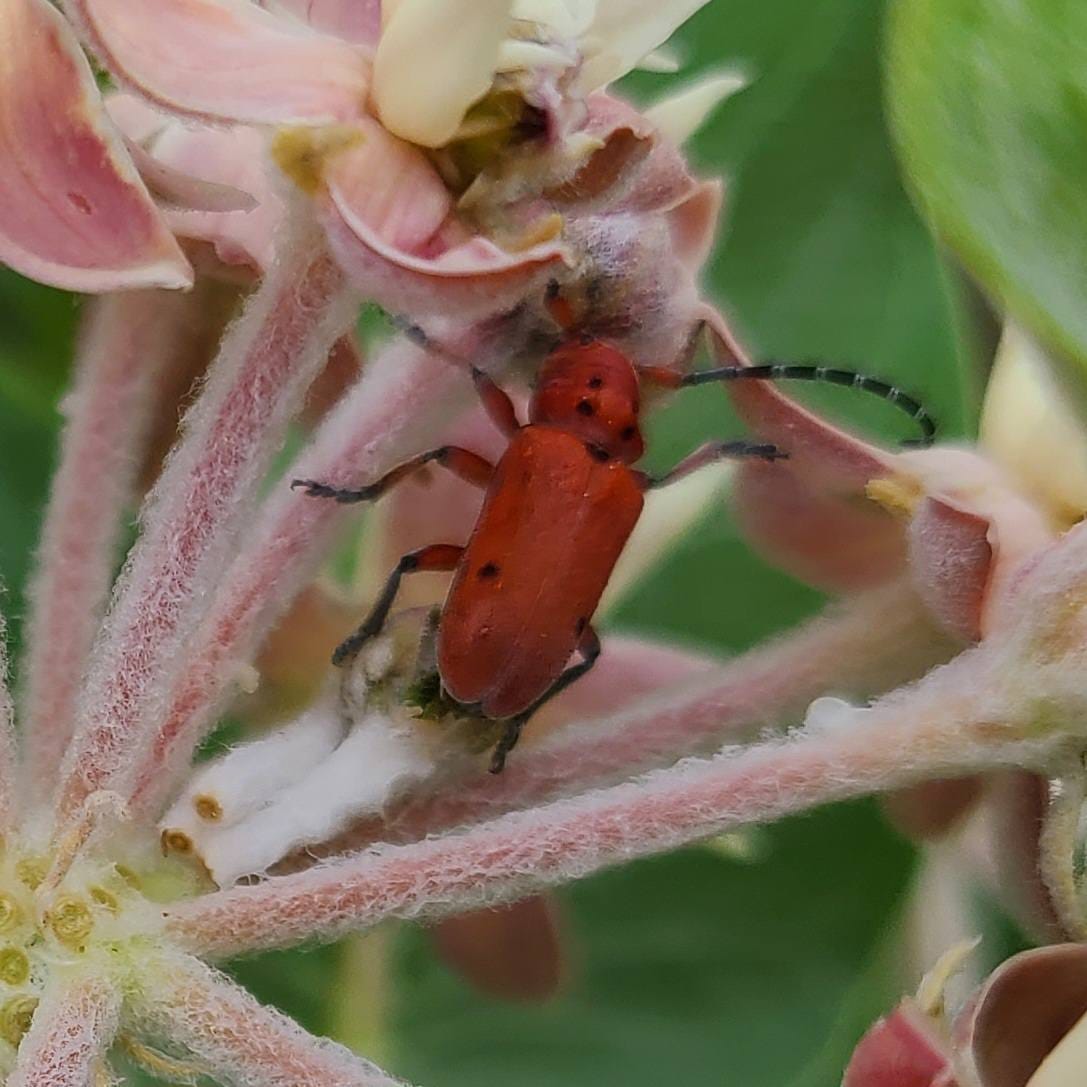
Jumping spider (photo by Melissa Wilson Coleman) and red milkweed beetle (photo by Trevin Leon).
Observation of the Week: Troubled Waters
I'd be remiss if I didn't highlight the fact that public lands around the Methow Valley are facing an existential crisis of unimaginable proportions. If there was ever a time to be paying attention, this would be that moment.
Many folks are already aware of what's going on and discussing this issue, but it looks like the current administration intends to sell all federally-owned public lands outside of the wilderness and national park around the Methow Valley. Many of the places, and much of the landscape, that we love and cherish could be forever lost as a result.

Countless communities, individuals, and organizations across the nation are reacting with shock and horror. While it's been reported that the administration wants to sell 3 million acres across the American West, a more recent analysis reveals that the real intent is to incrementally sell 295 million acres, with new quotas being set every 60 days until all the lands have been sold.
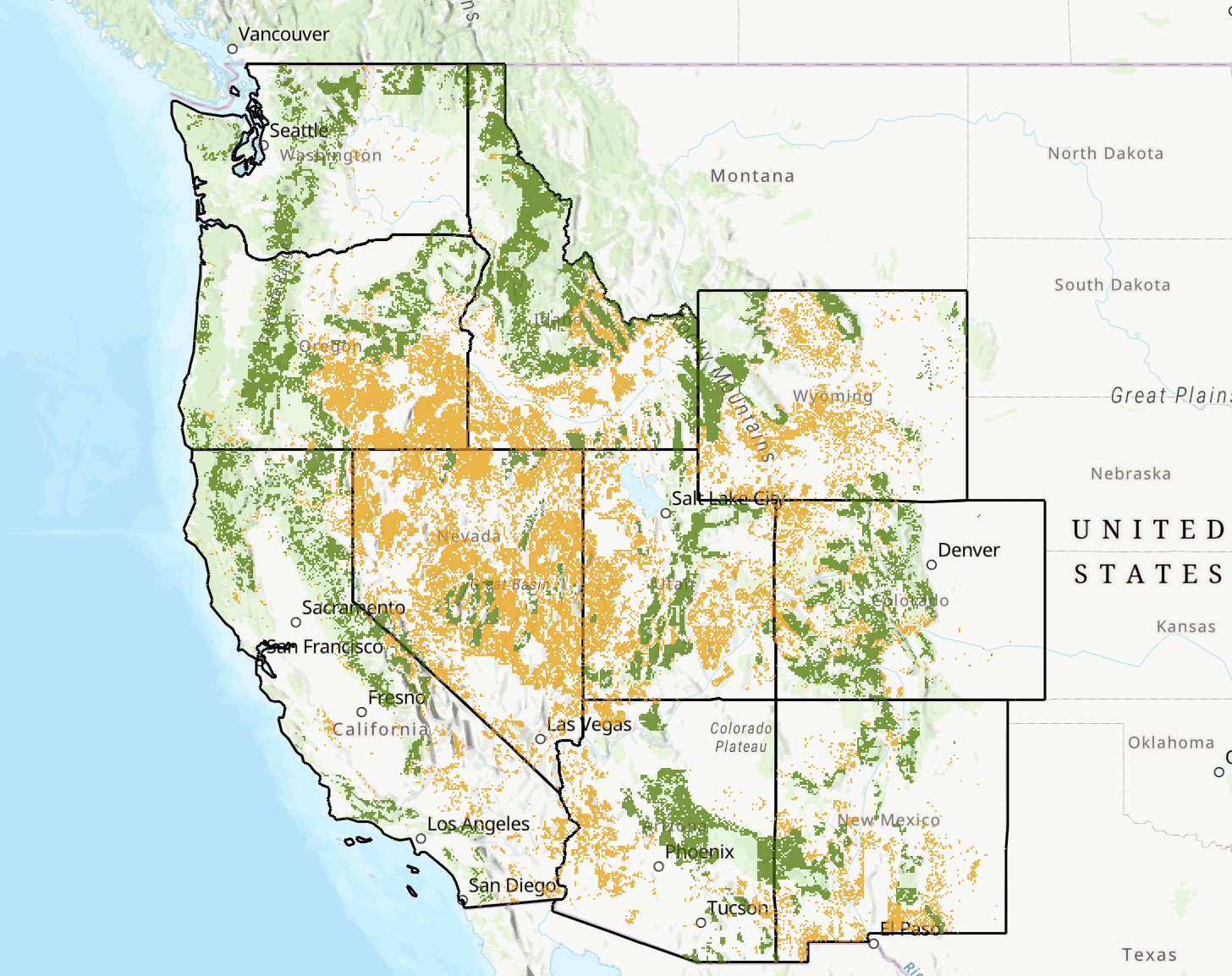
I'm not sure if anyone knows what the current status of this plan is, or when and how to organize our voices, but it probably wouldn't hurt to educate yourself and contact as many senators and representatives as possible. I've been following Wes Siler's excellent newsletter for his searing updates on this rapidly evolving situation, but hopefully there are other resources that folks can share with us.

